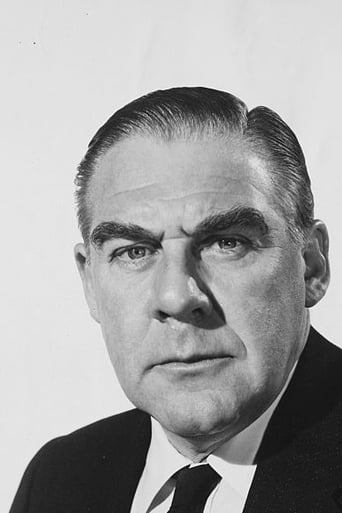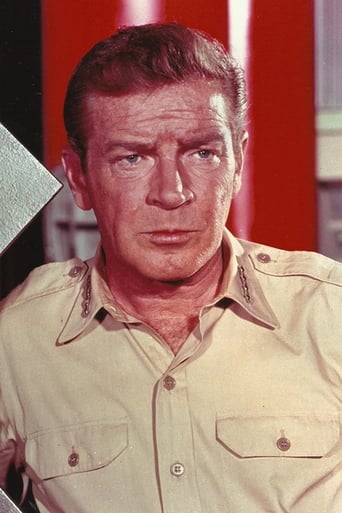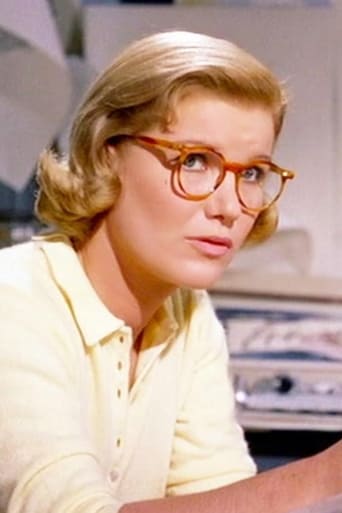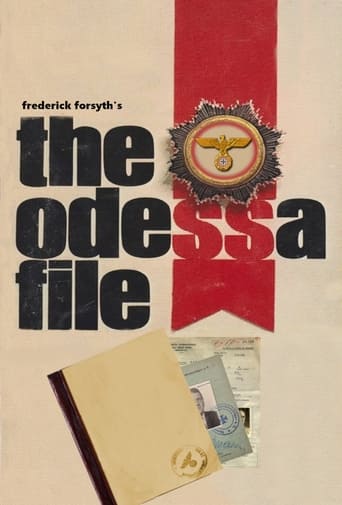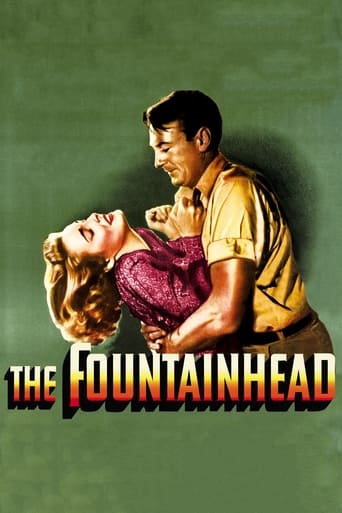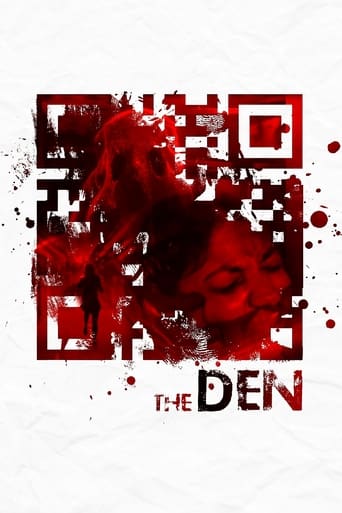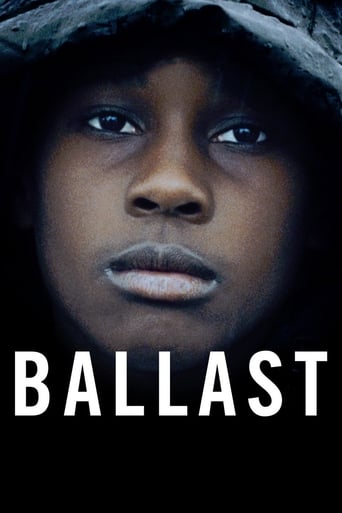

Fourteen Hours (1951)
A young man, morally destroyed by his parents not loving him and by the fear of being not capable to make his girlfriend happy, rises on the ledge of a building with the intention of committing suicide. A policeman makes every effort to argue him out of it.
Watch Trailer
Cast


Similar titles
Reviews
I've always seemed to enjoy films that were about a single event in real time. Archival time is obviously necessary for any story that spans more than a few hours, but real time films just seem to be inherently engaging. OK so the film isn't 14 hours long, but it does all take place in one spot on one day. This noir about a jumper on the side of a skyscraper in NYC is packed with great (if slightly cliché) characters, including the on-screen debut of Grace Kelly. Unfortunately many of the actors in this film were blacklisted during the HUAC witch hunt a few years later and would not be seen in films again. Uniquely, there is no score or music in the film outside of the titles which further adds to the realism.
Unlike most films that considered 'noir', this one does not focus on the police or criminals; but on a man attempting suicide and the attempts by the authorities to talk him out of it. The film reminded me a lot of the 1975 classic Dog Day Afternoon for it's portrayal of a media circus. The centre of the film is really very simple and most of the focus is on the lead character, meanwhile we learn more about him and watch the various attempts to stop him committing suicide. The film gets straight into its plot and we watch a man step out onto a hotel balcony. Somebody sees it and a local traffic cop makes the call to his higher ups. He also goes and sees the guy on the window ledge and has a little chat with him. More police and some doctors then turn up, but the man on the ledge insists he'll only talk to the traffic cop and so he's called back in to help the situation. The reasons for the attempted suicide are slowly unveiled; meanwhile we also get to see the reactions of the various people on the ground.The film is very well directed by Henry Hathaway, who manages to constantly ensure that his simple plot is constantly fascinating. The dialogue between the central characters is good, and the psychology presented by the various doctors is also interesting. Richard Basehart takes the lead role and manages to convince the audience that he's going to commit suicide; although he does constantly sound drunk. He has a good rapport with Paul Douglas, who 'befriends' him during the ordeal. The support cast includes the likes of Agnes Moorehead and Grace Kelly. The central plot is fleshed out by some smaller stories of the people on the ground, and the film portrays some good that comes of the central situation. This is an interesting idea, though it has to be said that the way it is portrayed feels somewhat pretentious. The film flows well throughout and the running time passes quickly up until the ending, which is really quite predictable; but still it works well. Overall, Fourteen Hours is an excellent thriller and comes highly recommended.
I believe the revolving door in the hotel lobby was actually on the Hollywood set because I have never seen such a door that rotated both directions. You can see the handles on the door which would be for CCW rotation (normal) which it does early in the film. Towards the end, Dunnigan's son comes thru the door and he and his father go back out with it rotating CW. Real doors had a mechanism to prevent this because of the potential danger to users.WW II 60 inch searchlights did not have an exposed knife switch that turned them on. They had an enclosed switch due to the danger of exposed electrical contacts. The knife switch was something Hollywood stuck of the outside of the real switch in order to make the plot work. The light was probably turned on at another switch off camera. If you look carefully when the boy jumps and hits the switch, you can see a couple of black cables that were added and just tied on to the real ones (which are silver colored).
A movie like this presents a real challenge. After all, the producers have got what amounts to a single set, two main characters, and 90 minutes to fill. So to please ticket-buying customers, they better come up with something good. Fortunately, they do. The plot is a literal cliffhanger or maybe skyscraper is more apt--- will a suicidal young Richard Basehart jump from his 20th floor ledge or not. He certainly has audiences on both sides of the screen glued to the suspense, at the same time city police try to convince him it's better to be an unhappy bi-ped than a bird without wings. Good thing that the producers also come up with one of the best young actors of the time--- Basehart, who acts just foggy enough to teeter on a ledge and play Hamlet. Then there's that genial roughneck Paul Douglas as the cop who tries to persuade him that it's really better to be than not-to-be.Note how ace studio director Hathaway keeps the hotel room bustling so that the static ledge shots don't become boring. Also, note how TV is competing with radio coverage at a time when the tube was just beginning to take off. Then there're the subplots that take the pulse of the city. The cynical cabbies do offer comic relief. But, frankly, I could have done without the young lovers, Paget and Hunter, who appear better suited to a Pepsi commercial, or the Grace Kelly soap opera that comes across as trite and unimaginative. But I guess the producers figured a variety of relief was needed. Also, I can see from the close-ups why Hitchcock liked Barbara Bel Geddes (Virginia). She pulls off the really difficult task of being sweetly wholesome without drowning the part in sugar.All in all, there's enough skill and craftsmanship in this TCF production to keep even digital- age audiences on the edge of their seat.


